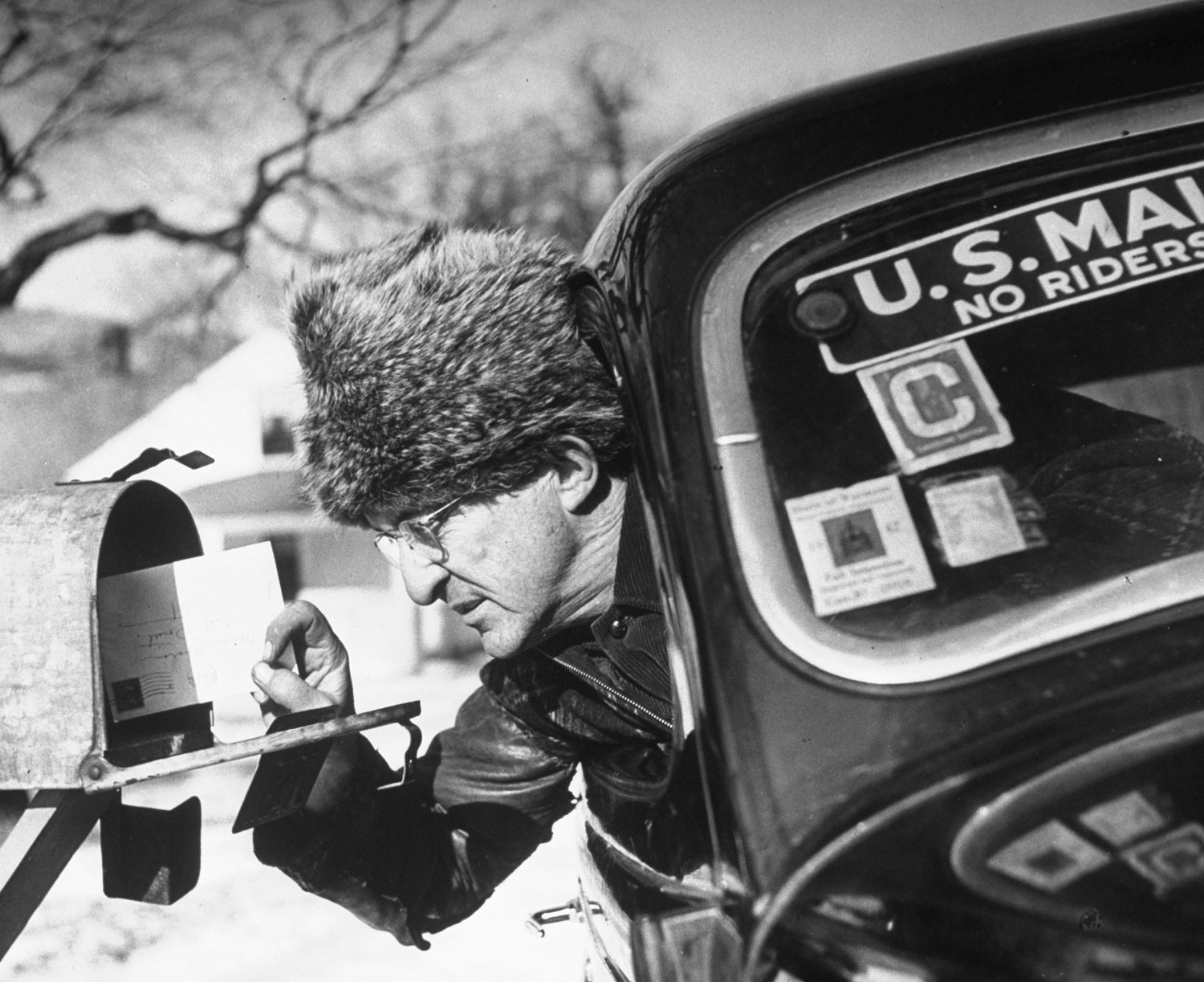
The words have been referenced, mangled, misremembered, celebrated and (of course) parodied for decades, and while few people remember the full, accurate quote, the sentiment conveyed is unmistakable: Neither snow nor rain nor heat nor gloom of night stays these couriers from the swift completion of their appointed rounds.
Those ringing words are, of course, the unofficial motto of the United States Postal Service. They’re inscribed across the facade of what might be the most famous post office in the world: the monumental, Beaux-Arts James Farley building on 8th Avenue in Manhattan, right across the street from Madison Square Garden. The phrasing of the message might feel a bit archaic, but the message is clear: nothing stops the mail, and nothing stops those who deliver the mail, from getting through.
Over the years, however, the postal service’s image, and its employees, have taken a beating. Calls are forever emerging from Congress—and from the public—to fully and finally privatize the USPS and uncouple it from the feds. (The service is currently an independent arm of the U.S. government.) The phrase “going postal” is enshrined in the lexicon as a synonym for committing mayhem. One of the strangest figures in recent pop culture history, Newman on Seinfeld, was for years the most public—and most unfortunate—face of the modern mail carrier: bitter, lazy, quick to anger, forever put-upon.
It wasn’t always like this. For generations, the postal service was embraced as an American treasure. The idea that one could slap an inexpensive stamp on an envelope in Maine and a stranger would, within days, safely and reliably hand-deliver that letter to someone in California suggested a kind of national ingenuity and generosity that any citizen could take pride in.
Even if the image of the intrepid mail carrier braving anything thrown his or her way—blizzards, rabid dogs, vampires, whatever—was largely based on a self-serving myth, the notion of that mail carrier was nevertheless something that we, as a country, wanted to keep alive. It fit in quite well with other long-ballyhooed traits and values—self-reliance, individuality, neighborliness, thrift—that Americans have always championed as their own (even if we haven’t always put them into practice).
Here, LIFE.com offers a series of pictures made by LIFE photographers through the years—photos that pay tribute to mail carriers, other postal workers and to the postal service as a whole. (Especially striking, perhaps, in all of these photographs is that fact that—while today’s post office is as diverse a workforce as one is likely to find anywhere—the faces of the postal employees in this gallery are virtually all white.)
In an elemental sense, the pictures here recall a national myth in which hardly any of us still believe, while as a nation we struggle, consciously and unconsciously, to figure out what that one myth’s gradual disappearance says about the United States’ past, and its future.
Liz Ronk, who edited this gallery, is the Photo Editor for LIFE.com. Follow her on Twitter @lizabethronk.

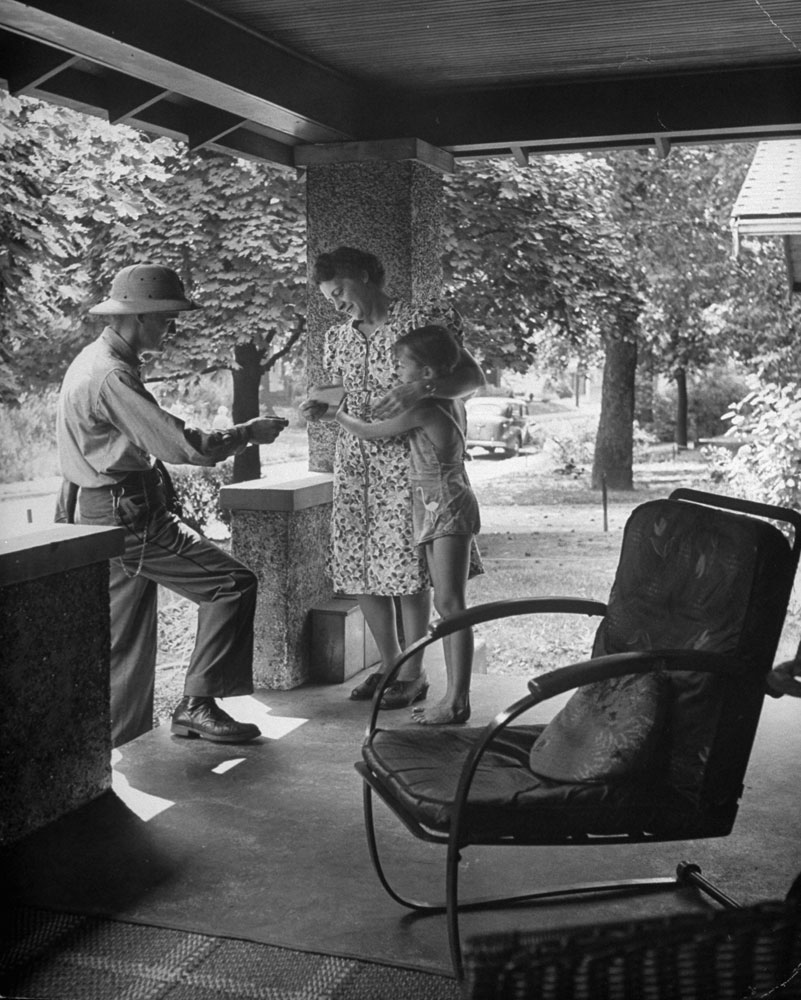

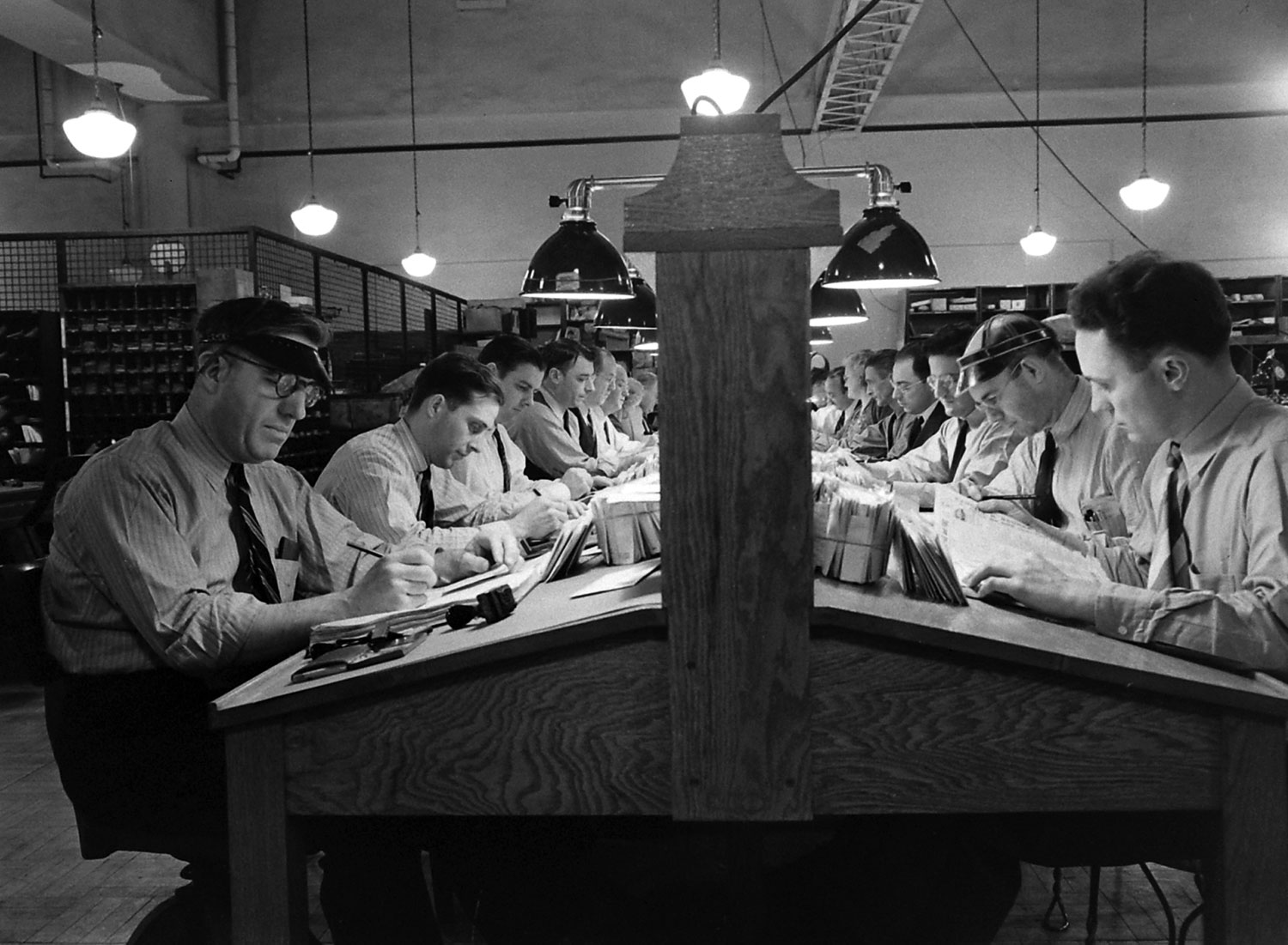

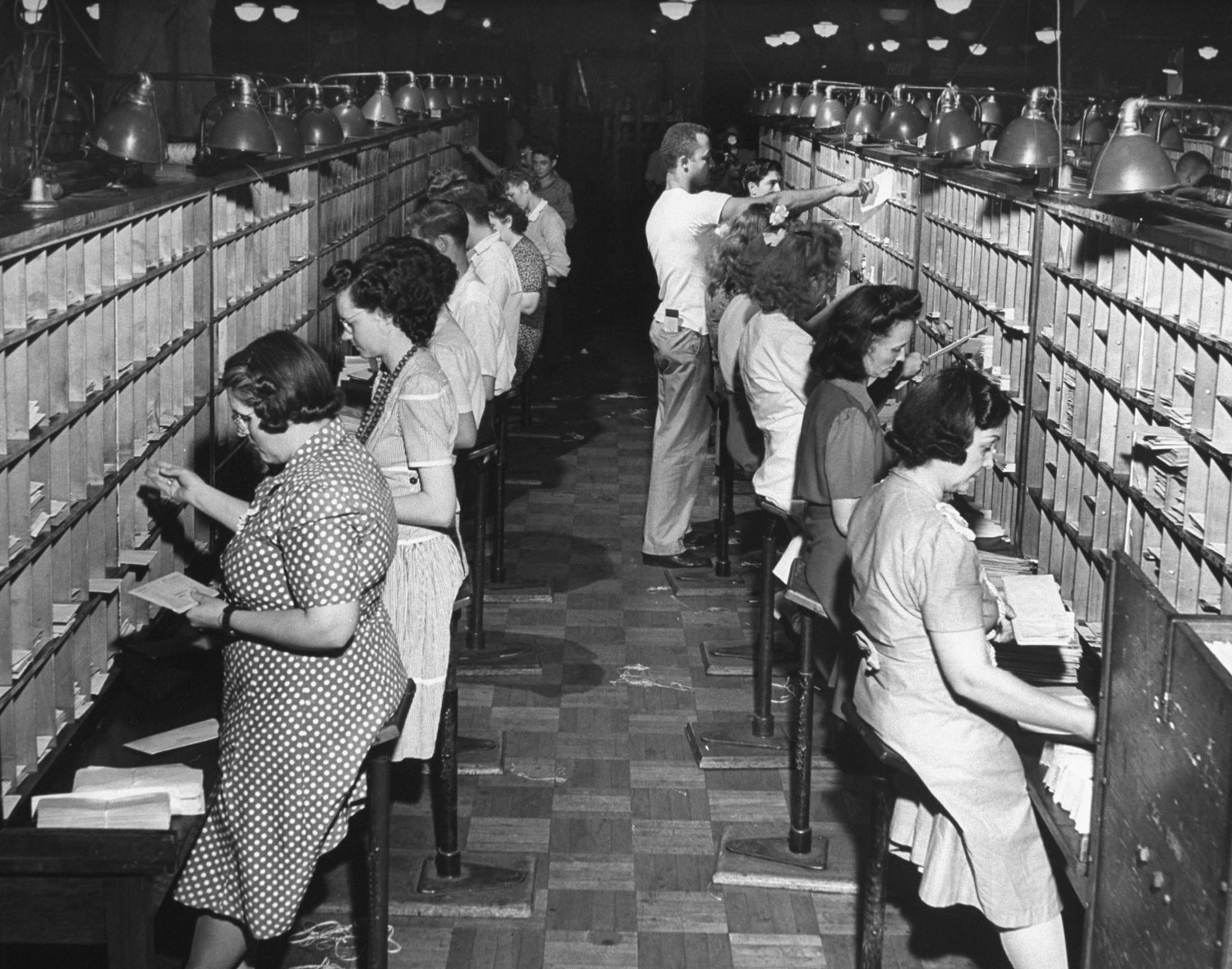
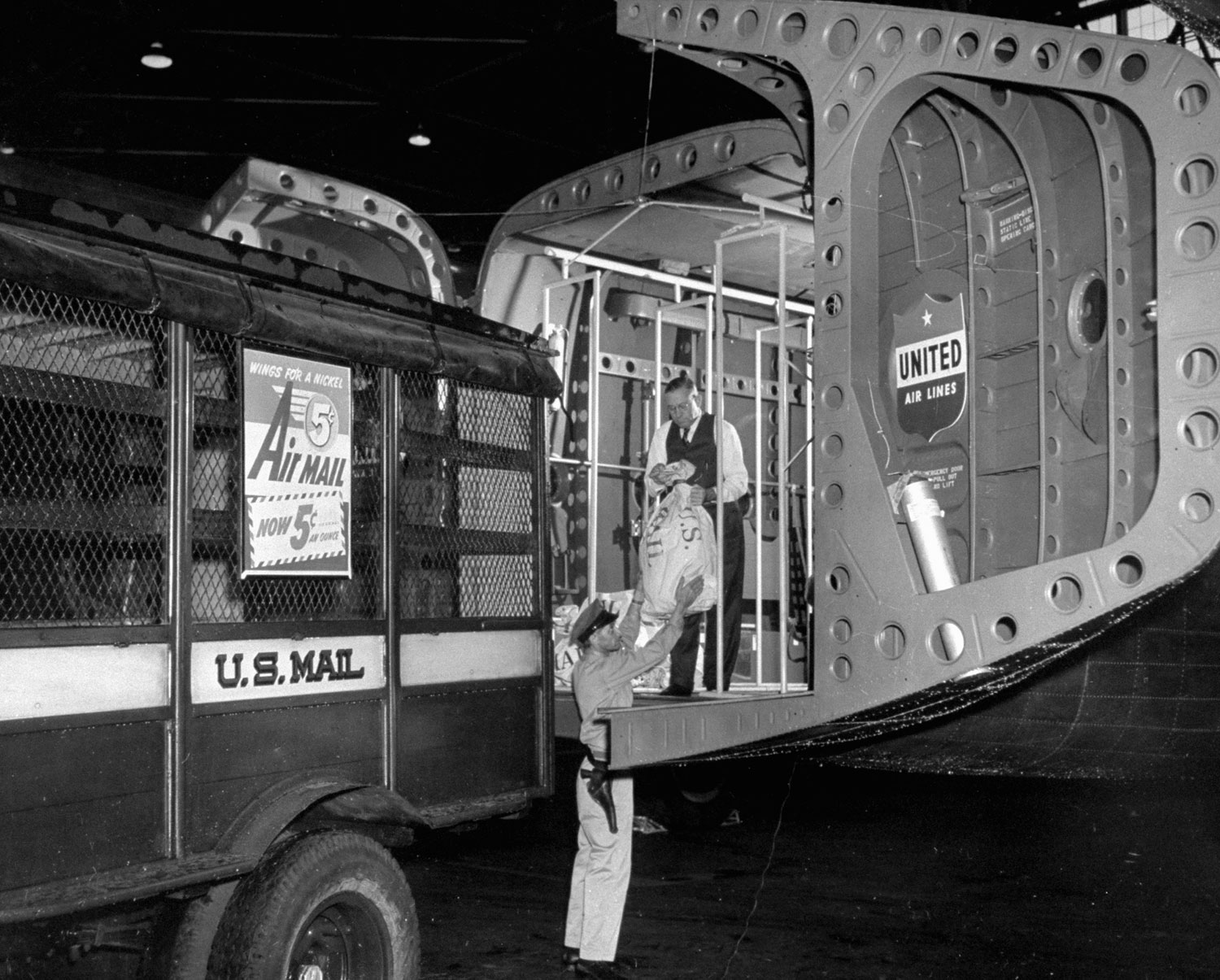
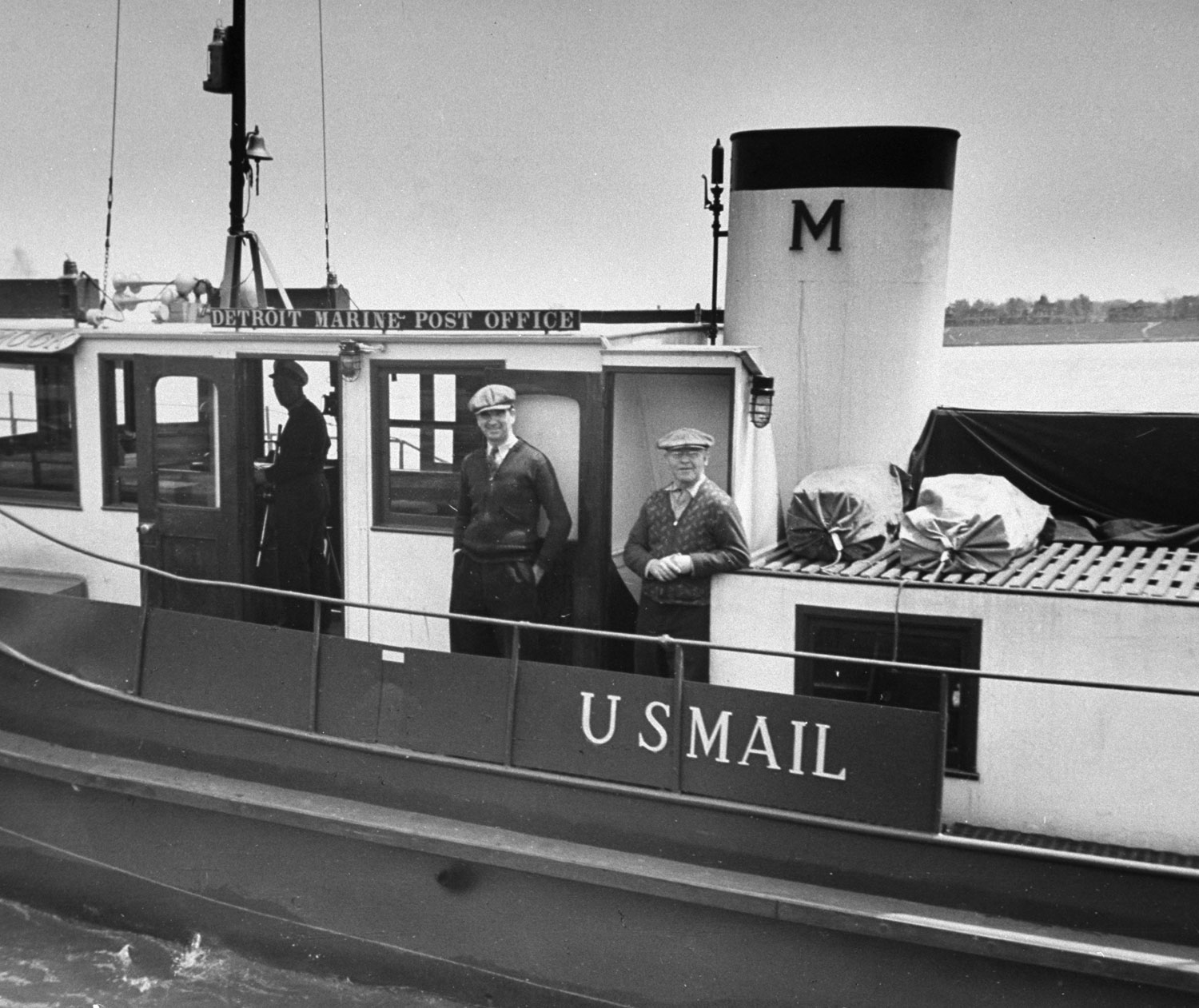
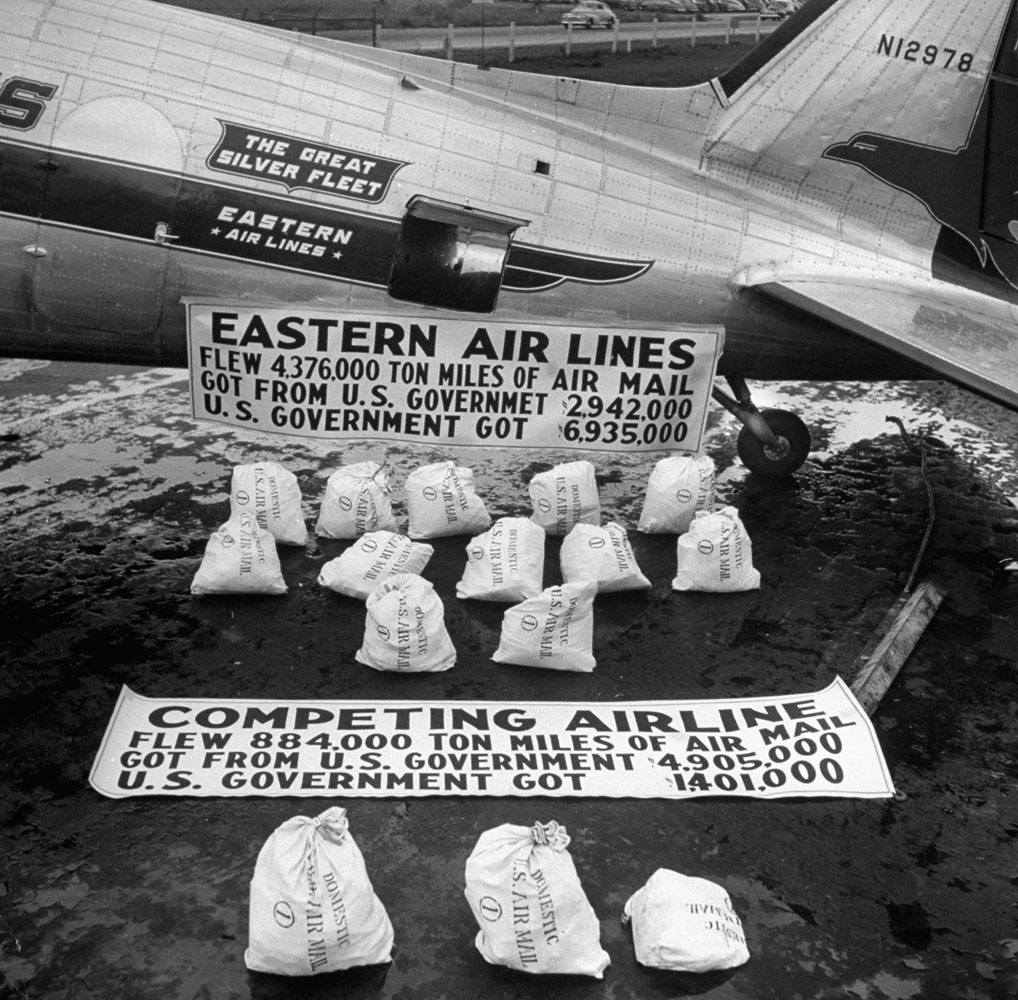
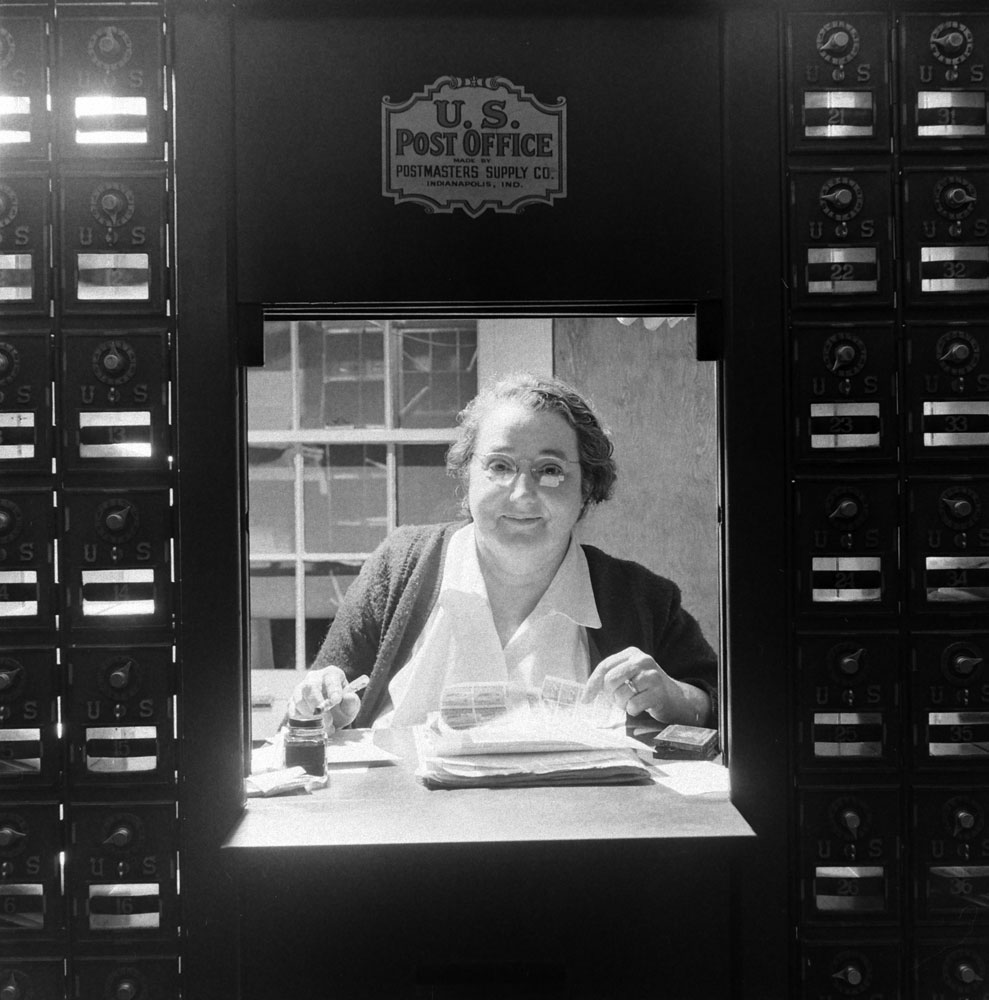
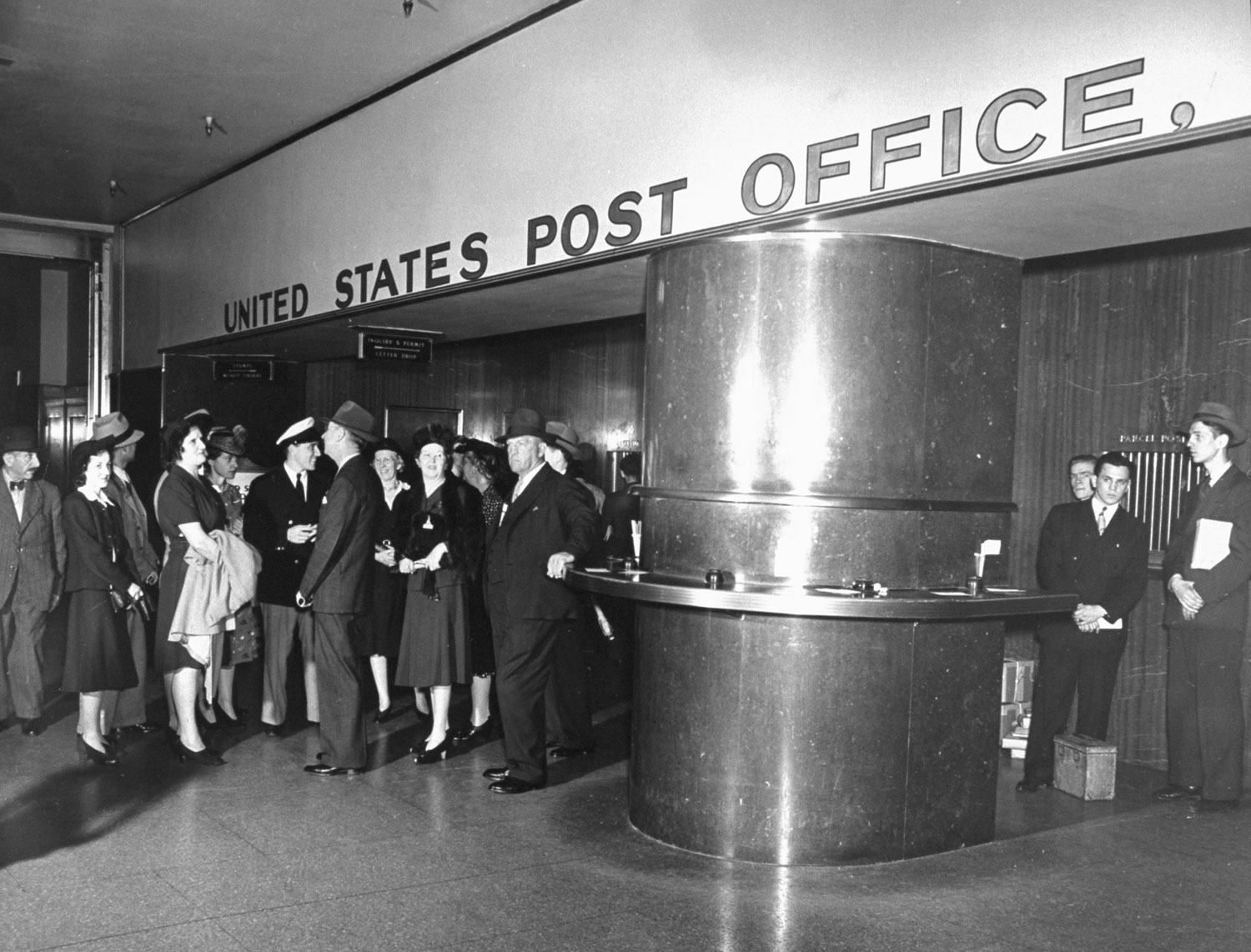
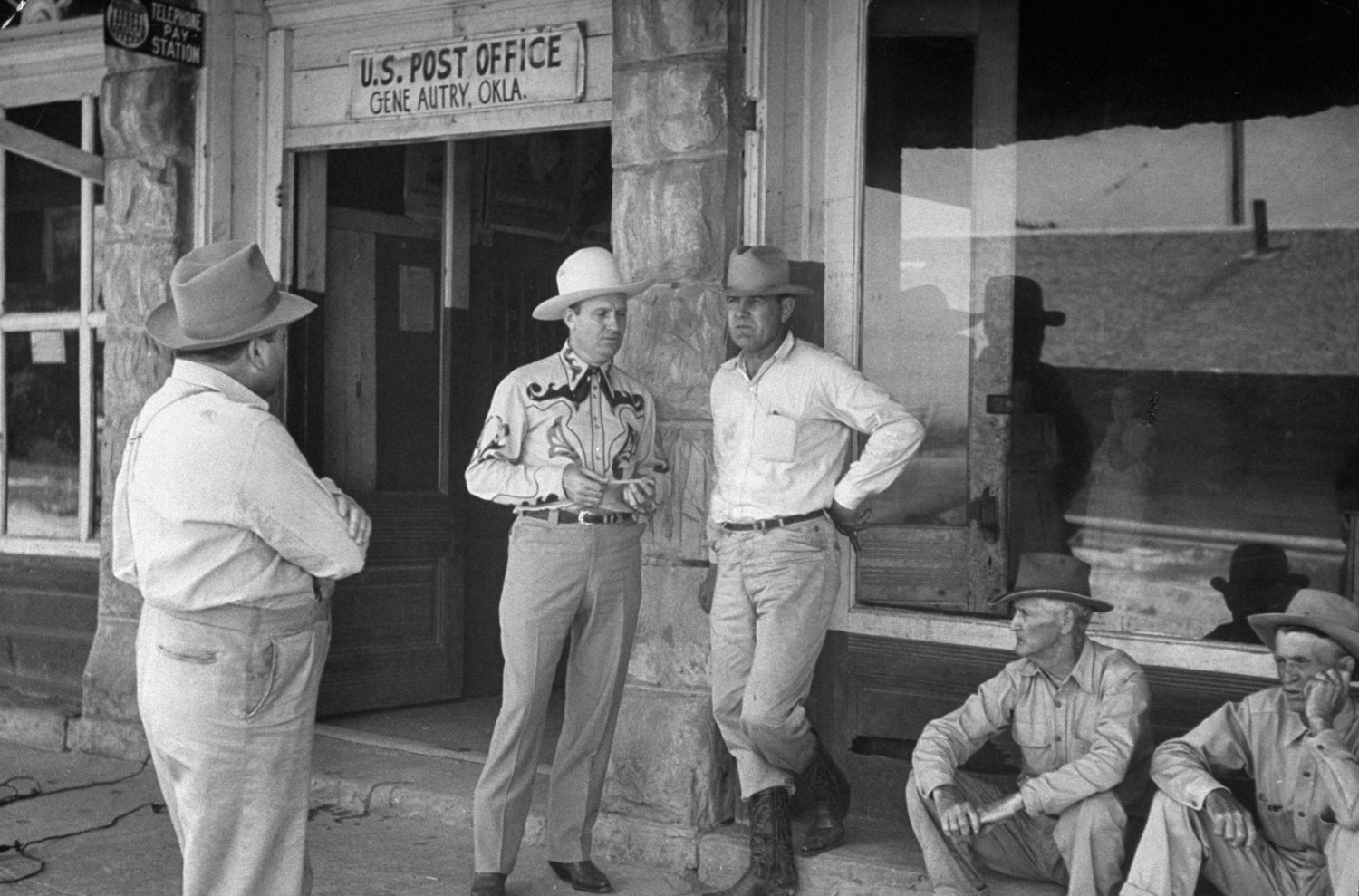
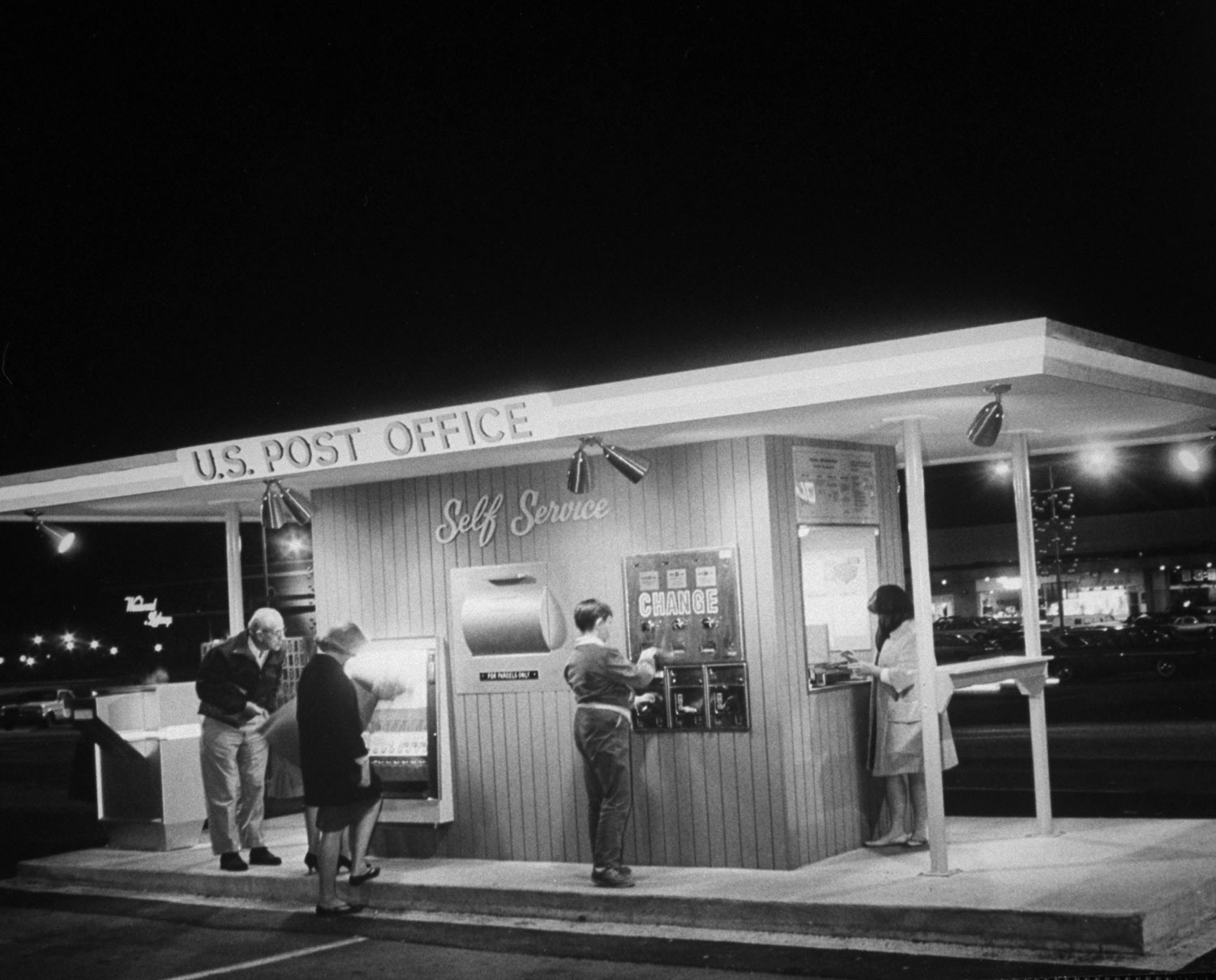
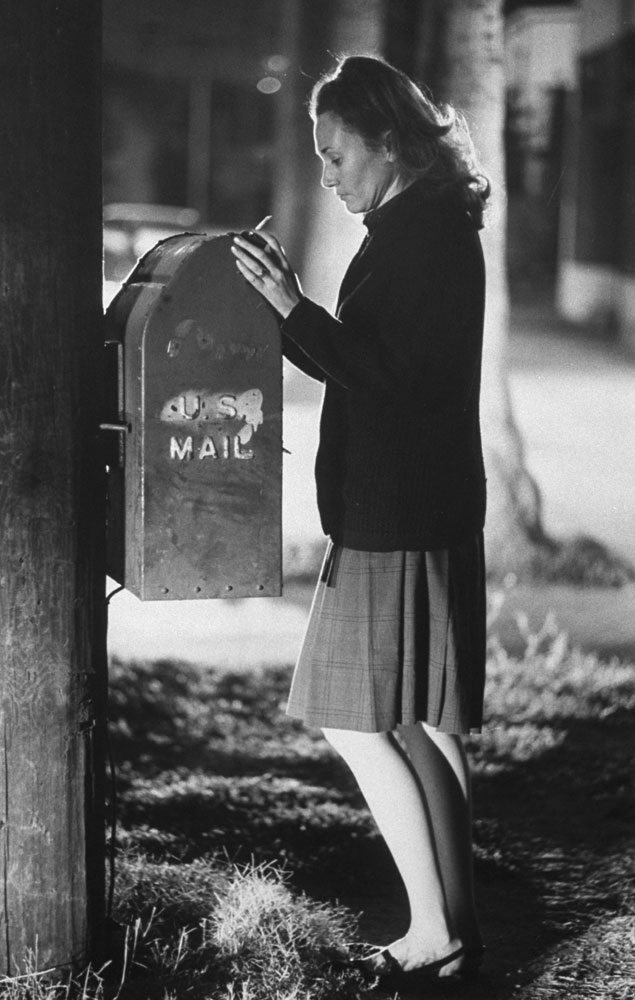
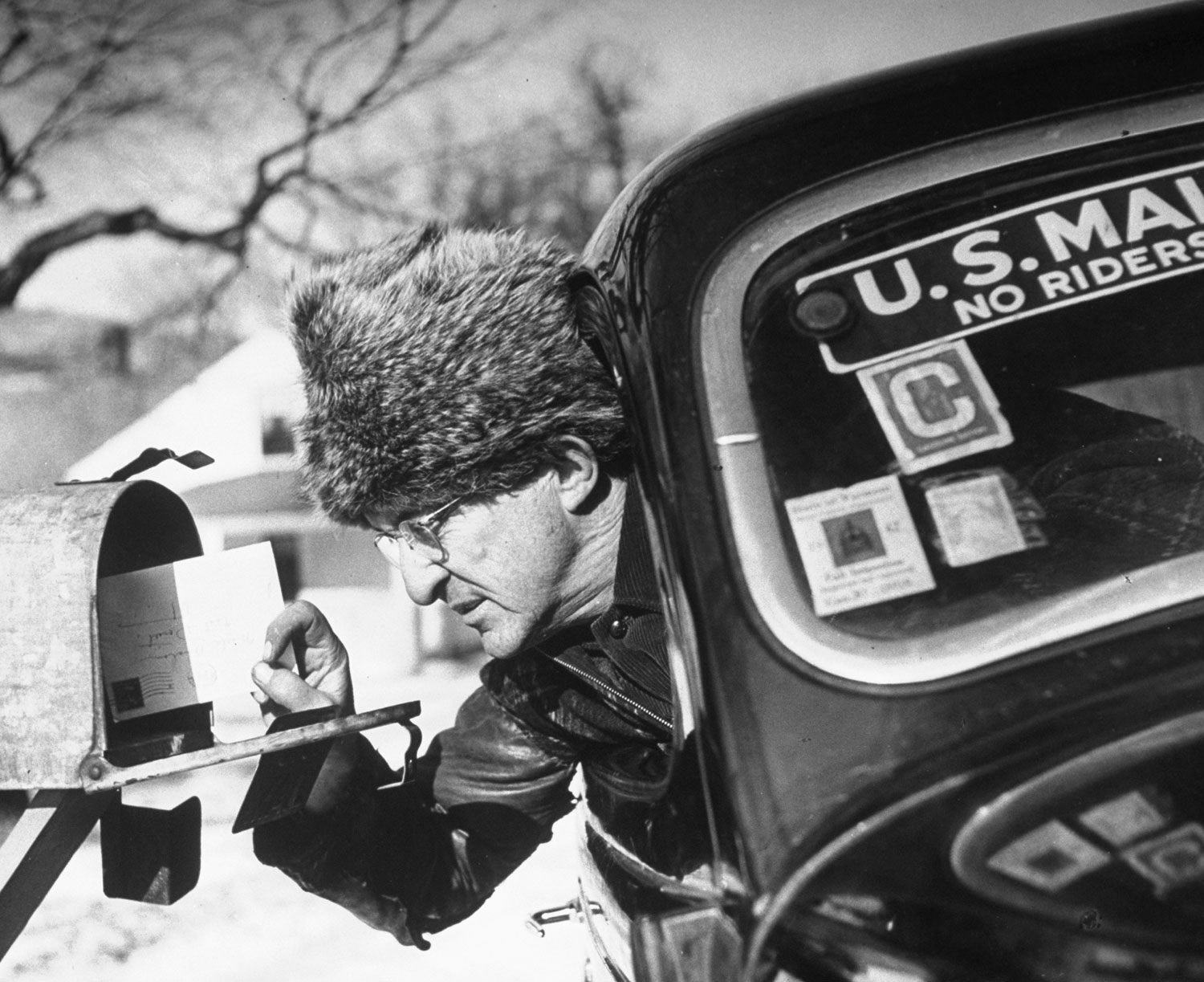

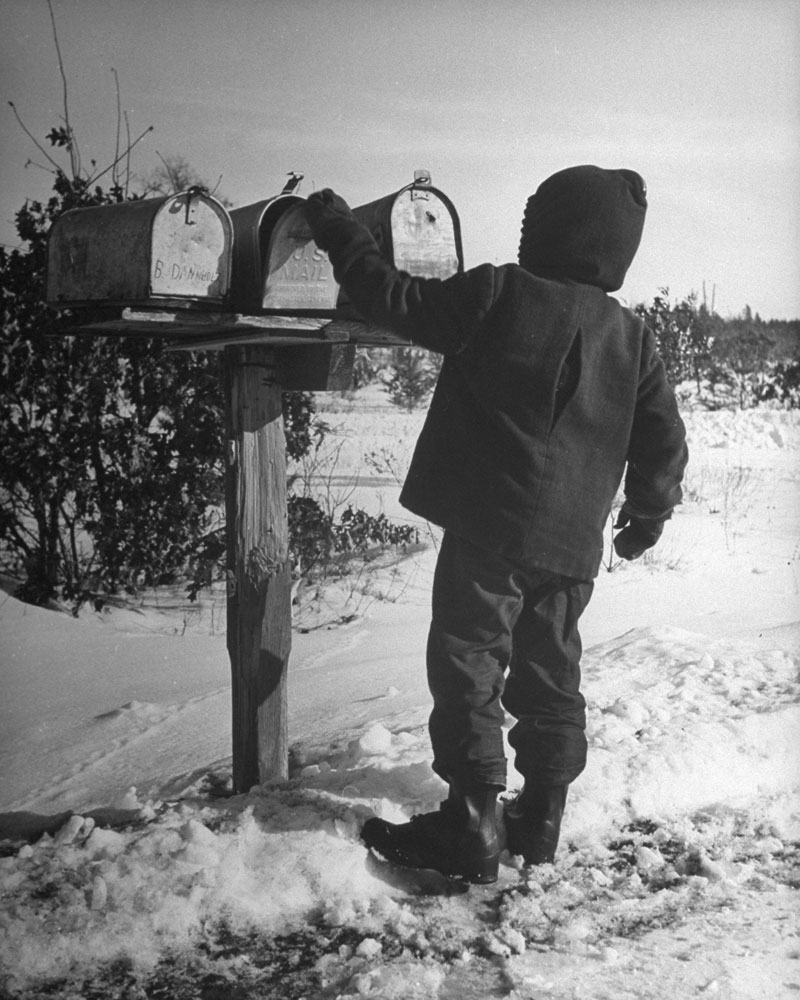
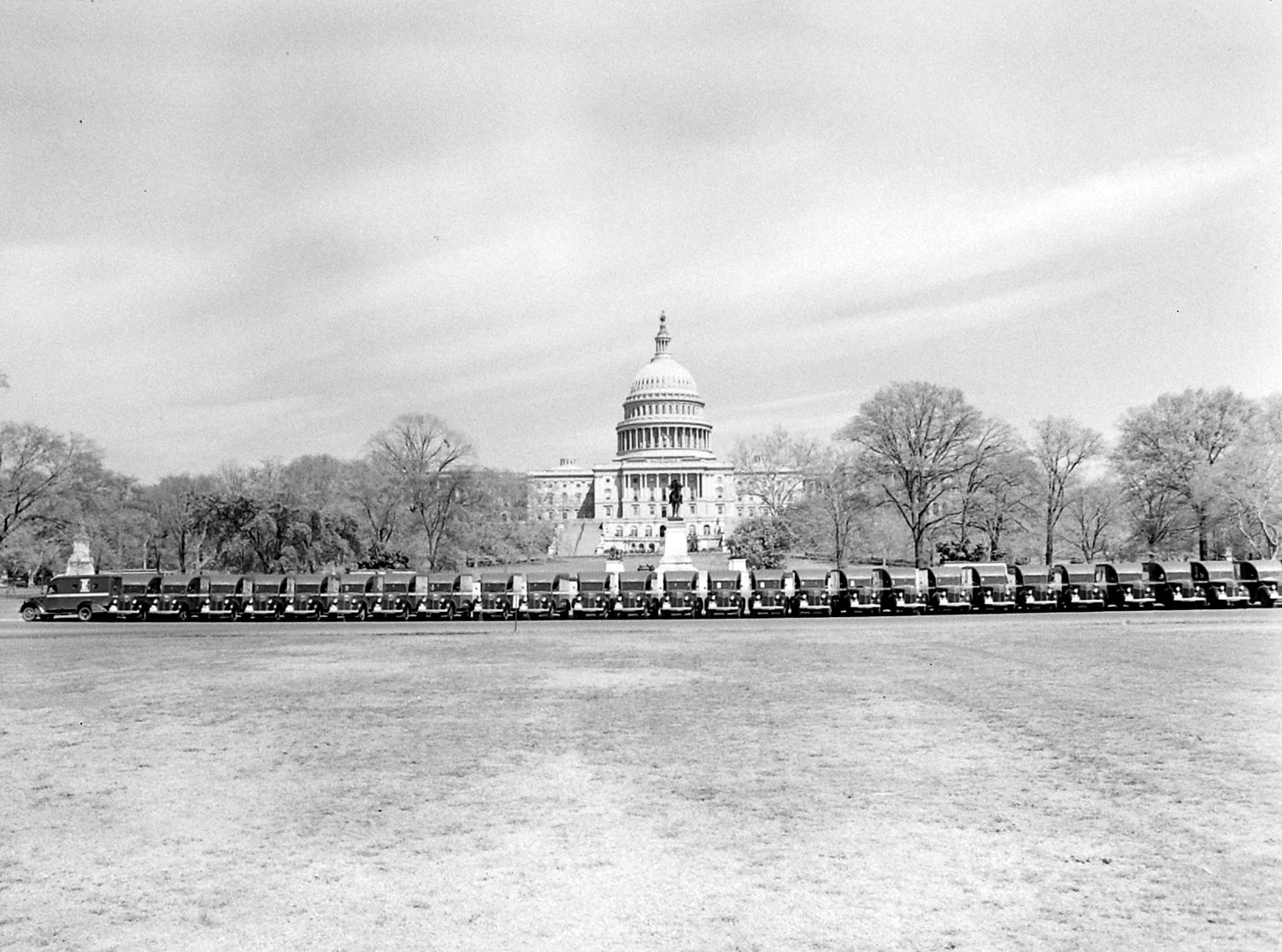
More Must-Reads from TIME
- Cybersecurity Experts Are Sounding the Alarm on DOGE
- Meet the 2025 Women of the Year
- The Harsh Truth About Disability Inclusion
- Why Do More Young Adults Have Cancer?
- Colman Domingo Leads With Radical Love
- How to Get Better at Doing Things Alone
- Michelle Zauner Stares Down the Darkness
Contact us at letters@time.com